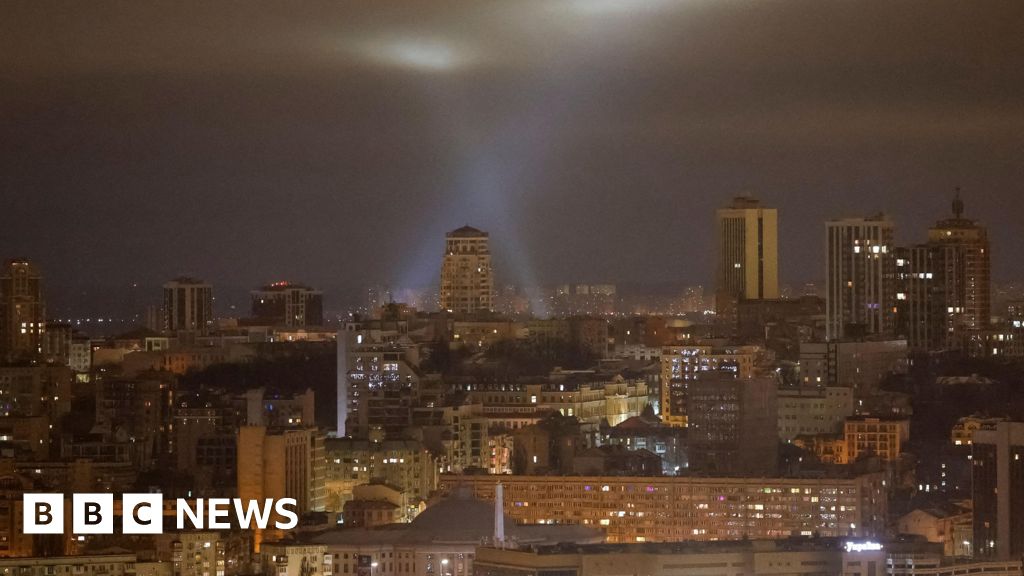
Line of vehicles crowds the road as residents flee from the Palisades Fire in the Pacific Palisades neighborhood of Los Angeles on Jan. 7 (AP Photo)
The devastating
Pacific Palisades wildfire
, one of the most destructive in California history, has raised questions about the timing of evacuation orders. According to an Associated Press' analysis of emergency communications and survivor interviews, the first evacuation order for the neighborhoods closest to the fire's origin came about 40 minutes after some homes were already burning and roads were jammed.
By 11.27 am (local time) on January 7, the wildfire, which would become one of California's most catastrophic, had spread through garden vegetation and was consuming homes, as evidenced by scanner communications.
Many residents had already departed independently as wind-driven flames advanced over nearby hillsides, resulting in traffic congestion by the time official evacuation orders were issued at 12.07 pm
Authorities eventually urged people to abandon their vehicles and evacuate on foot, using a bulldozer to clear the way for fire crews.
Despite the timing of the order, most Pacific Palisades residents safely evacuated, attributed to the region's heightened fire danger awareness, first responders' efforts, and the fact that the fire began during daylight hours.
Darrin Hurwitz, a resident who left his home more than an hour before receiving the evacuation order, said, "If it had taken 30 to 45 minutes to get our phones buzzing, it would have been a potentially big issue."
The Pacific Palisades Community Council had previously raised concerns about traffic backups during wildfire evacuations, endangering the public. The issue resurfaced after images from the 2023 Lahaina fire in Hawaii, where flames overtook gridlocked cars, resulting in 102 deaths.
Maryam Zar, chair emeritus of the Pacific Palisades Community Council, acknowledged the challenges of evacuating the community due to its vast landscape and the fire's rapid spread. "The fact they evacuated the entire community is pretty impressive," Zar said.
The delayed response could have been one of the challenges that hampered firefighting efforts. Strong winds made aerial operations impossible, whilst water hydrants failed due to excessive usage. A crucial reservoir near Pacific Palisades remained unusable due to maintenance requirements. According to the Los Angeles Times, senior LAFD officials opted against pre-positioning approximately 1,000 firefighters and numerous water tankers despite their availability.
The situation risks eroding public trust in official warning systems, which subsequently issued inaccurate and obsolete alerts throughout the week, according to AP. Consequently, numerous residents have turned to Watch Duty, a not-for-profit application offering instantaneous updates about wildfire developments, evacuation orders and emergency accommodation facilities.
However, The Los Angeles County Office of Emergency Management debunked claims of delayed response through an official statement. They emphasised that authorities had provided advance alerts regarding extreme fire conditions, informed residents about the wildfire situation, and advised them to prepare for evacuation. The statement also claimed that inhabitants were instructed to comply with directives from on-site emergency responders.
“These alerts were sent as timely as possible and were intended to wake up people if they were sleeping or draw their attention to the fire so that they could determine their level of risk, take necessary action, and be ready for the next communication,” it said.
The Pacific Palisades wildfire has claimed at least 10 lives, while another fire in Altadena has left at least 17 people dead. Over 80,000 people remain under evacuation orders as the monumental firefighting effort continues.

 4 hours ago
1
4 hours ago
1










 English (US) ·
English (US) ·